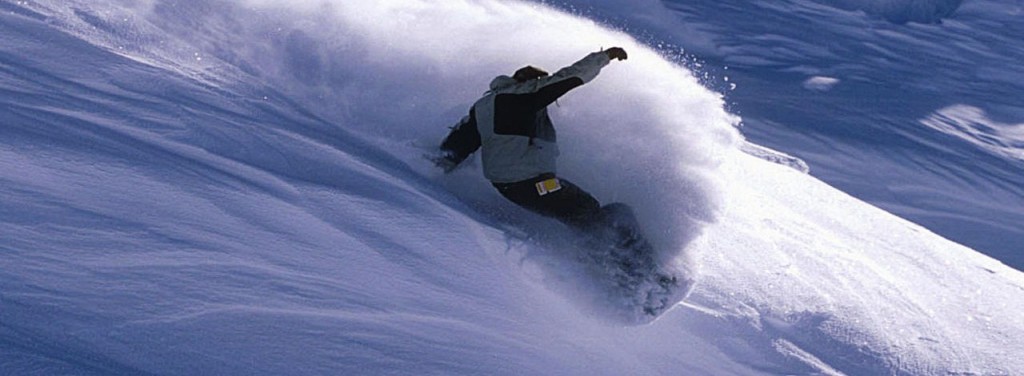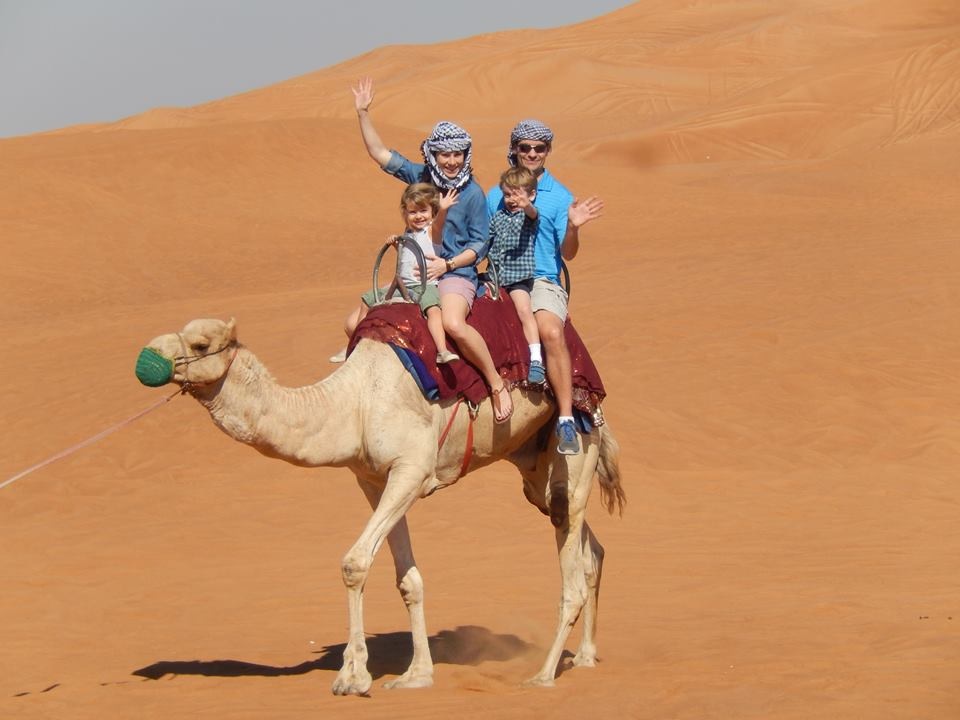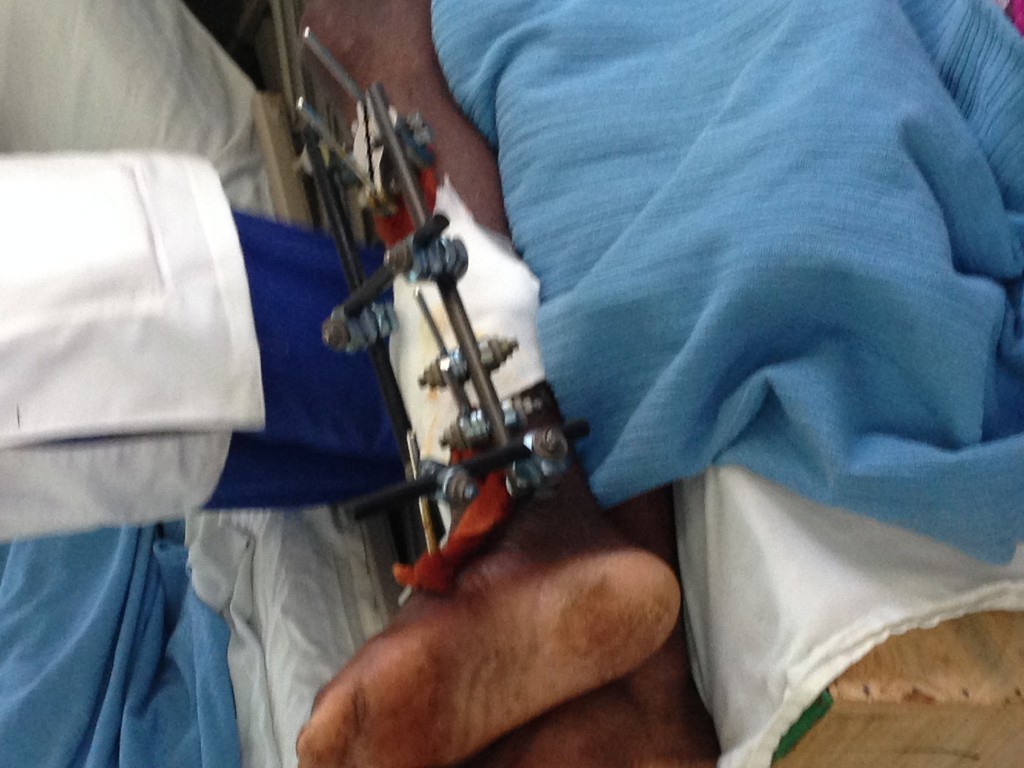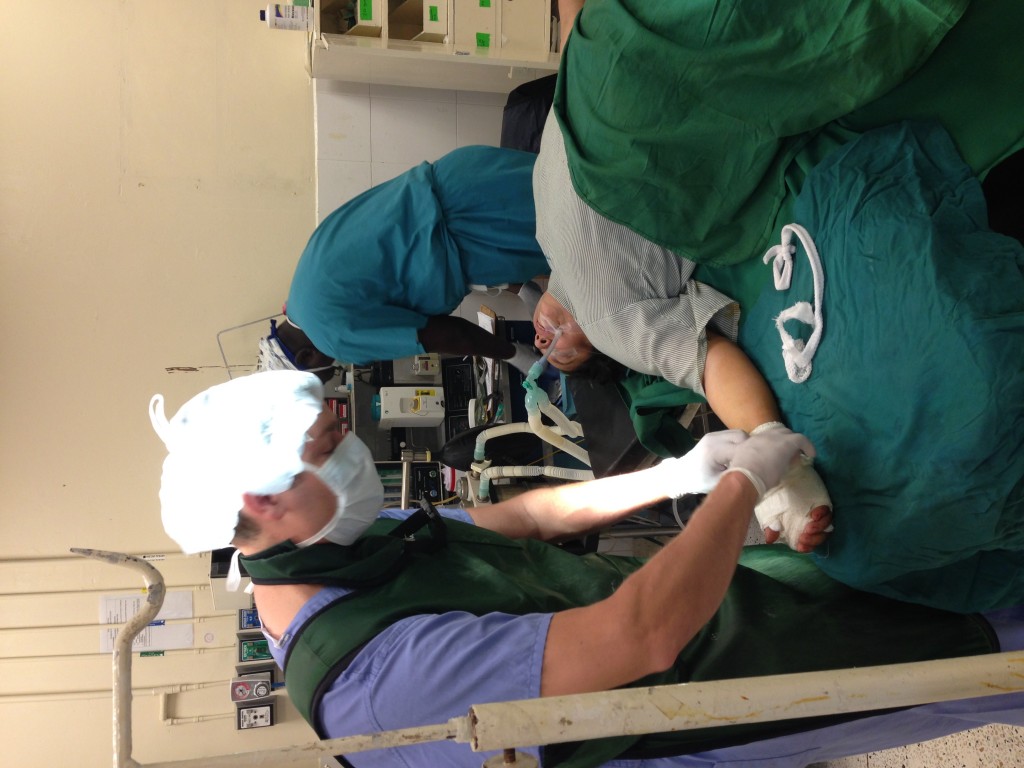Snowboarding involves moving at very high speeds down steep hills past other skiers and boarders, as well as natural and man-made obstacles. Falls are going to happen regardless of how good a boarder you may be, and collisions are relatively common. Also, since snowboarding takes place at high altitudes in the winter, the weather can range from sunny and bright to bitterly cold, with conditions changing rapidly from one slope to the next and from one hour to the next; here in the Pacific Northwest, it is very much the case.
Gearing Up
Before you venture out to the slopes, it’s important to have the right gear and know how to use it. In addition to a snowboard and boots, you will also need warm clothing, protective eyewear and helmets intended specifically for snowboarding.
Here’s a list of what you should bring each time you head up the mountain:
- Snowboard — In general, an all-mountain snowboard is the best bet for beginners, rather than a specialty board, which is harder to turn and balance on. Note that the longer a board is, the more difficult it will be to control. Choose a board that is the right length for your size and snowboarding ability.
- Boots — The connecting point to the snowboard are boots, a vital piece of equipment. Make sure to get yourself real snowboard boots (not moonboots or hiking boots) that fit correctly to keep your feet comfortable and warm. For most beginner snowboarders, soft snowboard boots are easier to control than hard boots. Make sure you keep your boots laced up tight to give your feet and ankles the support they need.
- Bindings — Most snowboard bindings are of the strap-on variety, which are compatible with the greatest number of boots. You should always keep your straps securely fastened to give them the most control over your snowboard. Some bindings, though, are step-in types. Make sure to get the right bindings for your boots, and have a trained professional at a snowboard shop adjust the angle of the bindings to put your feet in the right positions.
- Helmet — A helmet is the most important piece of equipment when it comes to preventing life-threatening injuries. You should wear one any time you go boarding. Get a helmet that fits properly, and make sure you know to keep the chin strap fastened to keep it securely in place. Also, make sure to get a real snowboard helmet (not a football or bike helmet) that allows space for your goggles and ventilation on warm days.
- Goggles and sunglasses — The sun’s rays are considerably stronger at high altitudes than they are at sea level, and when they bounce off the gleaming white snow, they can be a serious threat to the eyes. Sunglasses are the best way to protect eyes from the sun’s rays, but you should always bring a pair of goggles that are the right size in case it gets cold or begins to snow. Goggles are also better at protecting eyes from tree branches and other hazards.
- Gloves or mittens — Many snowboard gloves include pockets for hand warmers to keep fingers nice and toasty. If you’re still worried about your hands getting cold, however, it’s a good idea to get mittens, which are generally warmer than gloves.
- Wrist guards — When you first learn how to snowboard, you’ll spend a lot of time falling forward and breaking your falls with your hands. This can lead to broken wrists and forearms, which are very common snowboarding injuries. Be sure you wear rigid wrist guards designed for snowboarding or in-line skating to protect yourself when you fall.
Dress for Excess
Anyone who has snowboarded on a cold day can tell you, it’s no fun if you don’t have enough warm clothing. Likewise, on hot days having too many clothes can make you sweat, which will lead to you getting cold when the sun dips behind a cloud or the mountains. The best way to tackle this situation is to have dress in layers so that you can shed or put on depending on the temperature.
Here’s a rundown on what sort of clothes they should wear when you snowboard to avoid hypothermia and frostbite:
- Thermal underwear
- Thermal socks
- Intermediate layers
- Snowboard pants
- Jacket
- Neck gaiter
Additional Items
While you should always have the gear and clothing mentioned above, here are a number of other items you might want to consider bringing with you when you are snowboarding:
- Hand
- Boot warmers
- Walkie-talkies
- Sunscreen
- Lip balm
- Water and a snack







